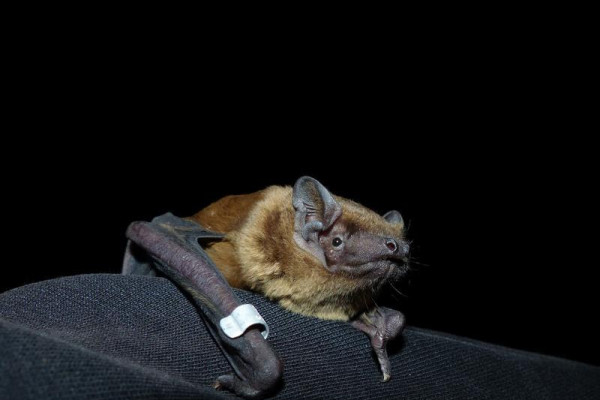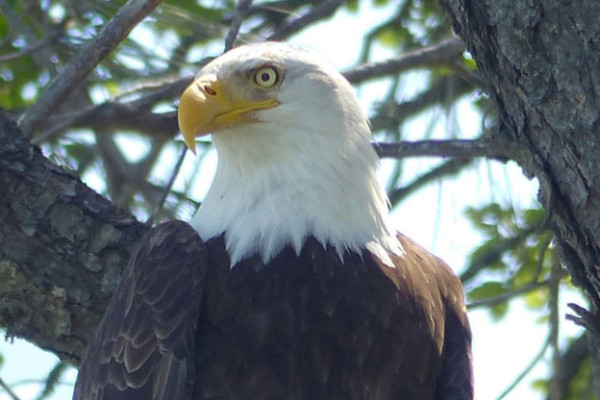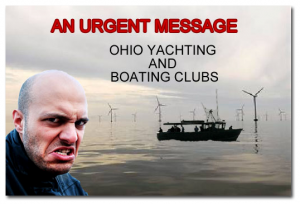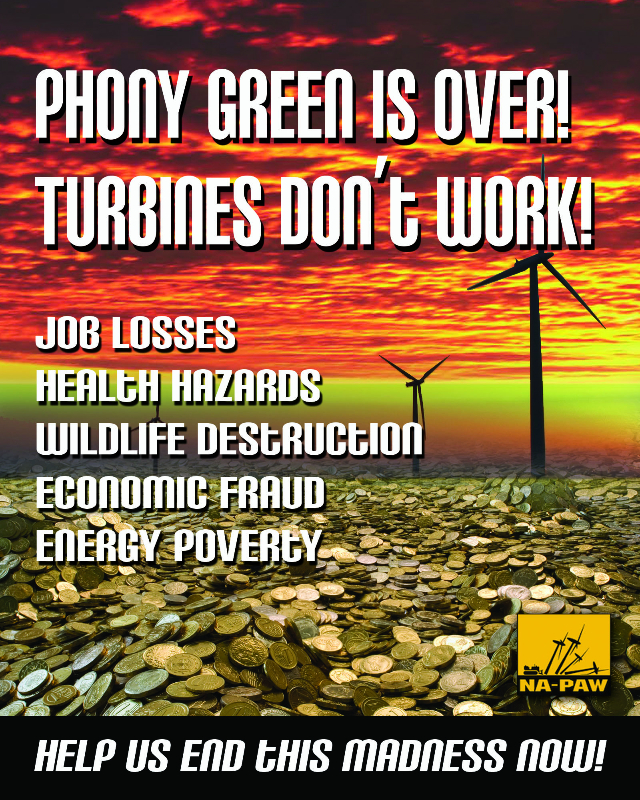According to residents of the Hyonggye-ri village interviewed by The Korea Herald, they are just beginning to realize the impact of industrial wind energy facilities on people and animals. Beekeeper... read more →
http://www.lockportjournal.com/opinion/mailbag-siting-of-industrial-wind-turbines-poses-unacceptable-risk-to/article_320a4fc1-0745-530a-9ee9-acac07375a57.html LOCKPORT JOURNAL MARCH 17 2018 Siting of industrial wind turbines poses unacceptable risk to migrating birds Mar 16, 2018 I am writing to... read more →
This is all you need to say! PLEASE READ THIS AND SUPPORT US, Thank you, No Lake Erie Wind Farm dot org This note will highlight how the new wind... read more →
AMERICAN BIRD CONSERVANCY AND BSBO COMMENTS ON NOVEMBER 8TH,2017 MEETING, CLEVELAND. Again, Truth does not necessarily speak in numbers. It speaks in weight, and girth, and volume and tenacity. "Truth... read more →
Read the entire legal letter to OPSB. LEEDCo attempts to quash attempts of residents to intervene and the lawyers say: these residents have every legal right, and it is "especially... read more →
Business Viewpoint with Osage Chief Standing Bear: Wind farms cause cultural, economic damage By Geoffrey M. Standing Bear Business Viewpoint Apr 22, 2017 The Osage Nation strongly opposes development of... read more →
https://dailycaller.com/2016/10/24/open-letter-to-the-doe-dont-trash-the-great-lakes/
Wind turbines attract bats. They seem to appear particularly appealing to female noctule bats in early summer. In a pilot study, researchers of the German Leibniz Institute for Zoo and... read more →
Jim Wiegand June 2, 2016 On May 6 2016 the FWS and Interior Department announced a plan that would set massive industry bag limits for an eagle population that does... read more →
Posted by Jim Wiegand on May 29, 2016 In 2007 a National Academy of Sciences report to congress pertaining to wind turbine impacts it was noted that "Bird displacement associated with... read more →







